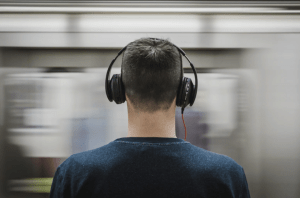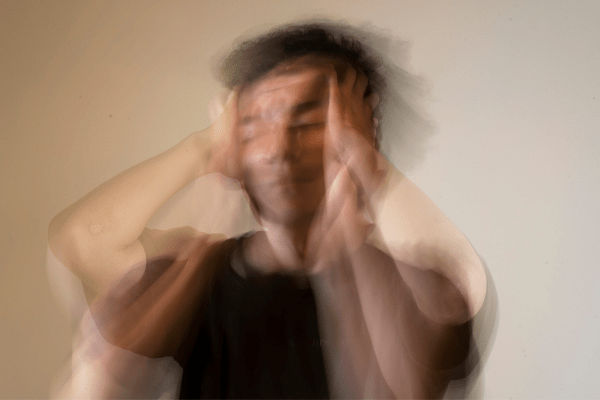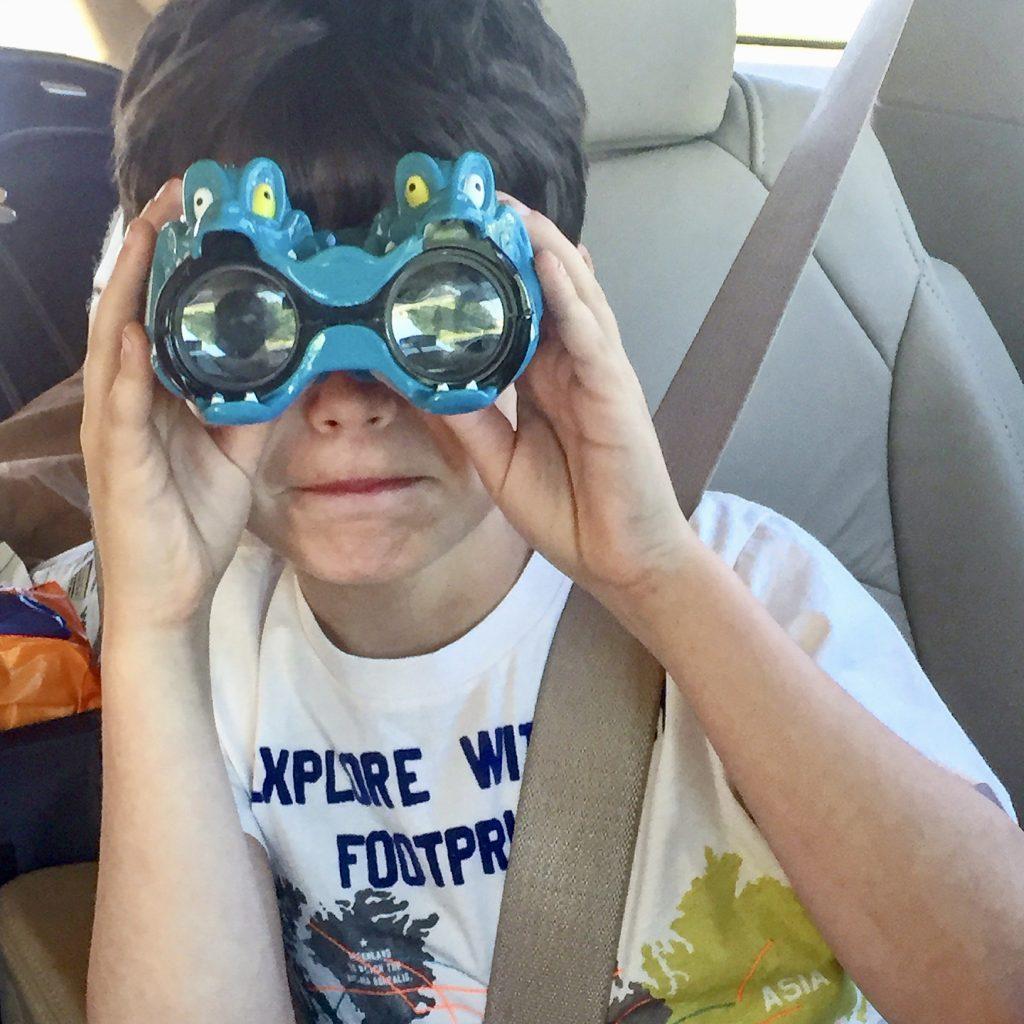 {Subtitle: “Where is my sweet boy, and what have you done with him?”}
{Subtitle: “Where is my sweet boy, and what have you done with him?”}
Sixteen years ago, our family began celebrating Autism Awareness Month shortly after my youngest son received his autism diagnosis. Until that point, autism existed in the periphery of our world. I did not fully understand the diagnosis or how the systems manifested.
Autism happened to other families.
Starting March of 2005, our family drank from the autism firehose. It was drink or drown. We learned the autism alphabet: ABA, PT, OT, ST and IEP. My son, Matthew, and I visited, a variety of doctors. We discovered sensory diets, gluten-free, and dairy-free diets (this one we soon abandoned).
Eventually, we charted a path that worked for us.
From age three to seventeen, autism ebbed and flowed through our lives. There were more good days than challenging ones. When those challenges arose, we faced them head on. Over time, we discovered work arounds and reinforcements to overcome those challenges.
During those years Matthew grew emotionally, intellectually, socially and physically. Real physical growth began to occur in 2022 and that physical growth marked the late onset of puberty for Matthew.
Autism + Anxiety + Puberty
Autism Speaks defines autism as “a broad range of conditions characterized by challenges with social skills, repetitive behaviors, speech and nonverbal communications.” Anxiety, defined as “feelings of fear, dread, and uneasiness” (MedlinePlus.gov), accompanies autism in approximately 40% of cases according to the National Institute of Health.
Anxiety begets stress and stress begets cortisol. And oh, by the way, cortisol, the primary stress hormone, appears to more significantly impair those on the autism spectrum.
Finally, there’s our friend puberty, described as “the time of life when a child experiences physical and hormonal changes that mark a transition indoor adulthood.” (Cancer.gov)
The combination of autism, anxiety and puberty rocked Matthew’s world and my own.
My sweet, kind, cuddly son morphed into a six-foot tall, acne ridden, sometimes cuddly, and not always kind boy with anxiety and hormone surges.
Periods of frustration brought about attention seeking behaviors. The child who once learned to go with the flow, balked at requests or non-preferred activities, exhibiting behaviors that may be perceived as aggressive by a stranger.

As a parent, that is S-C-A-R-Y.
I know the behaviors are attention seeking, but someone else might not be so understanding. That lack of understanding could lead to devastating consequences.
For months, the two of us walked a tightrope and I constantly worked to keep the two of us from falling off. Some days I felt like we cycled on the tightrope, barely hanging on. My husband and I tried a multitude of disciplinary tactics, but none seemed to work.
Matthew’s confidence waned. My confidence waned. His self-talk became derogatory.
I felt like we were failing Matthew. We needed him to learn how to verbally express his frustration, not physically express it.
We needed help.
Our help came in the form of a licensed mental health counselor and BCBA. One person, two specialties, and just the two we needed. In addition, she knew Matthew as a child, so she brought perspective and history to the table.
Let me tell you, it’s hard work for everyone involved – the patient, the caregivers, and the therapist.
She provided tools for our toolkit. Some worked and became permanent fixtures, others have been discarded. We learned to rethink our tactics, to reframe how we handle escalation, and how to reward good choices and discourage poor ones.
I’m learning to speak to him like he’s an adult, and to let him know my feelings by letting him see me cry at times. Let me tell you, it’s hard to show him my emotions, but he’s moved by them, because ultimately, he wants to please.
We take three steps forward and two steps back. Yet, progress occurs for him and for me.
I realized recently the therapy sessions are as much for me as they are for him.
It’s fascinating to watch him grow…like mentally grow. Over the last six months, the adverse behaviors lessened. They didn’t disappear, but they lessened.
He’s learning to use his voice and to self-sooth with de-escalation techniques. He participates more in therapy. He listens quietly to the discussion between the therapist and myself, then chimes in with his thoughts or feelings. He’s never not listening. The therapist and I make conscious efforts to speak respectfully of him, rather than speaking as if he’s not there and include him in the conversation.
What I’m learning, what we have been learning for the last sixteen years, in different ways, at different times, is that Matthew has to be part of the solution to the challenges he faces.
There is no “fixing” of him, he doesn’t need to be “fixed.”
For those listening in the back, there is no “fixing” in autism. There is only learning.
Learning to cope, learning to grow, learning to accept.
In this month of Autism Acceptance, ironically, I’m reminded that I am in a constant state of acceptance. I used to think I was teaching others about acceptance, when actually, I still have much to learn myself.
Currently, I am learning to accept Matthew as he is, while also helping him to become the best version of himself possible. Helping him learn to navigate tough things, scary things, like his emotional outbursts.
Wanting him to overcome challenges doesn’t mean I want to “change” him or make him “less” autistic, it means I want to make life a little more navigable for him.
Isn’t that what we all want for our kids?
 So if you see us, or someone like us, out and about, experiencing a teachable moment, be kind, be accepting.
So if you see us, or someone like us, out and about, experiencing a teachable moment, be kind, be accepting.
Understand that we (or they) might be in the throws of autism+anxiety+puberty, which is a very difficult place to be.














